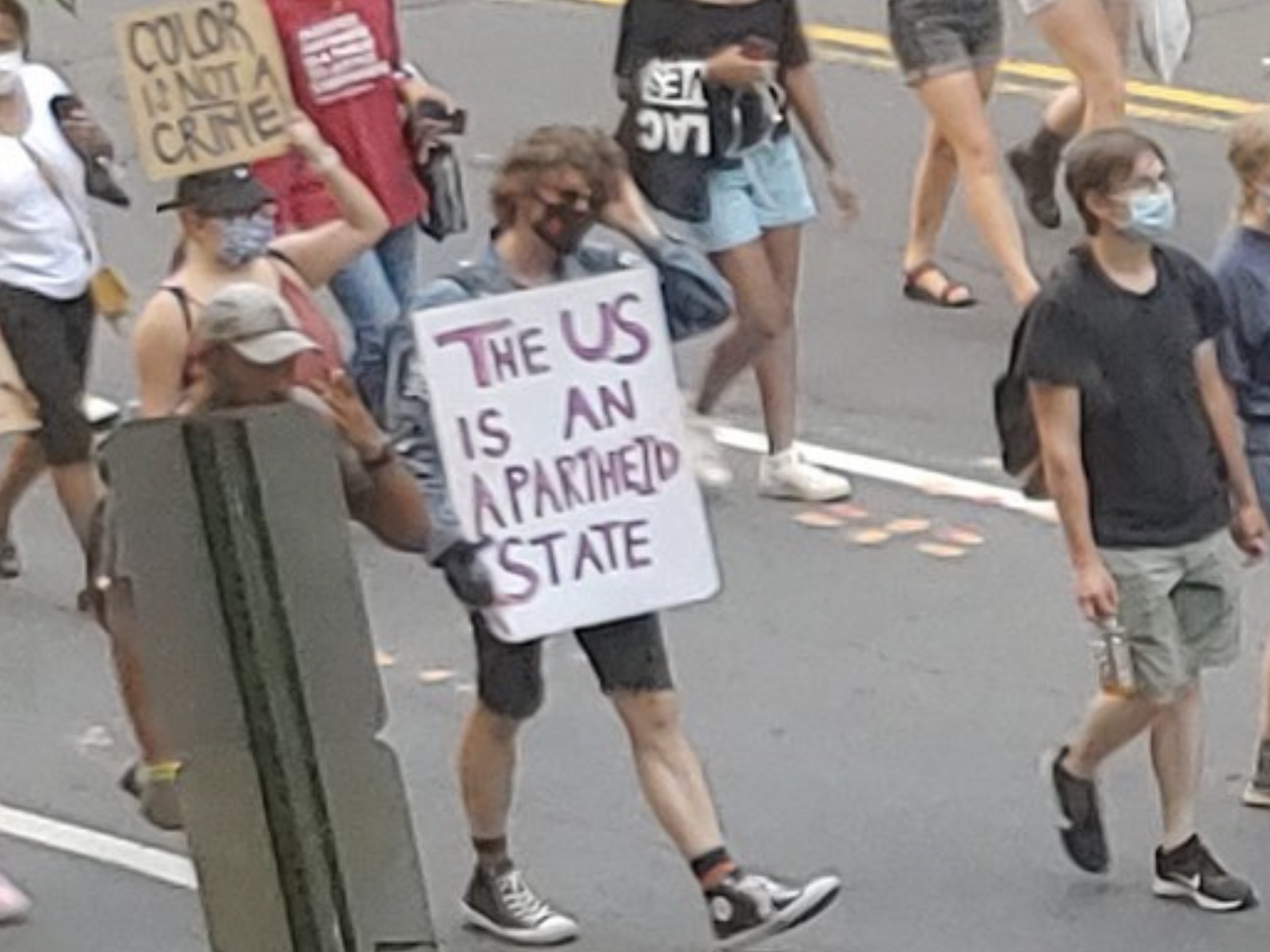Further back in time, according to the San Antonio Daily Express dated Oct. 13, 1886, the headline reads, “A Necktie Party. Negro Hung in a Tree for Wanting to Marry a White Girl.” It went on to report this news: “News reached this city last night of a hanging at Somerset, in Atascosa County. On Sunday night last. The Negro is known as “Alick.” It appears that he wanted to marry a white girl living in the neighborhood, and had made indecent proposals to her. For this he was arrested and held under guard by four men, supposed to have been officers. Indignation against the rascal ran so high that on the night in question he was forcibly taken from the custody of the guard and hanged to the nearest tree until too dead to be of any service to his family or friends. An inquest was the next thing in order. It was held by a legally qualified officer. The jury rendered a verdict that Aleck came to his death at the hands of unknown persons. That is where the affair rested at last account. Much indignation has been created among the Negro members of the community over what they consider a foul murder, and some of them are loud in the demand for redress. It is further claimed that this is not the first time Alick has made such proposals to the girl.”
This horrible hanging took place just South of San Antonio in Atascosa County, which later became Bexar County. The report is filled with outlandish fabrication. Notice the use of the racialized term “indignation” (anger or annoyance). The article also used the ridiculous but racially sarcastic vengeful words “too dead.” These words were often used to justify murderous rampages of the time. It was common for blacks to be falsely accused of raping white women, flirting with one, and simply touching a white woman, even if by accident could result in death. There are a number of documented stories that speak to the fact that white girls who engaged in unapproved sexual relations, with any man or boy, and when the father of the girl suspected this, the girl would blame a Black man or Black boy that lived or worked nearby in order to save her white boyfriend. The name of the man hanged in Somerset, Texas was Alexander Washington and the killers went unpunished. The murder of Emmett Till in 1955 was an example of a white woman making false claims of “lewd remarks.”
Horrors come in many forms. The San Antonio Municipal Auditorium (Now the Tobin Center) was segregated as was the San Antonio Library. A rope was placed down the center isle of the Municipal Auditorium by the San Antonio Fire Department, which separated “white” from “colored,” and was clearly marked with signs attached to the ropes. During the era of segregation, Blacks needed places to stay while driving across the country. Segregated restaurants, restrooms, gas stations, hotels, and other facilities were designated “white only.” As a result, a book was published by Victor H. Green called The Negro Motorist Green Book. This book listed places where blacks could avoid segregated facilities, and San Antonio had at least three places listed in one edition: one at 1216 Dawson Street, 127 N. Mesquite Street (near St Paul’s Methodist Church), and the other at 245 Canton Street. The book was written by Victor H. Green, a black entrepreneur and was available for three decades during the Jim Crow. White supremacy must be destroyed wherever er it exists.





